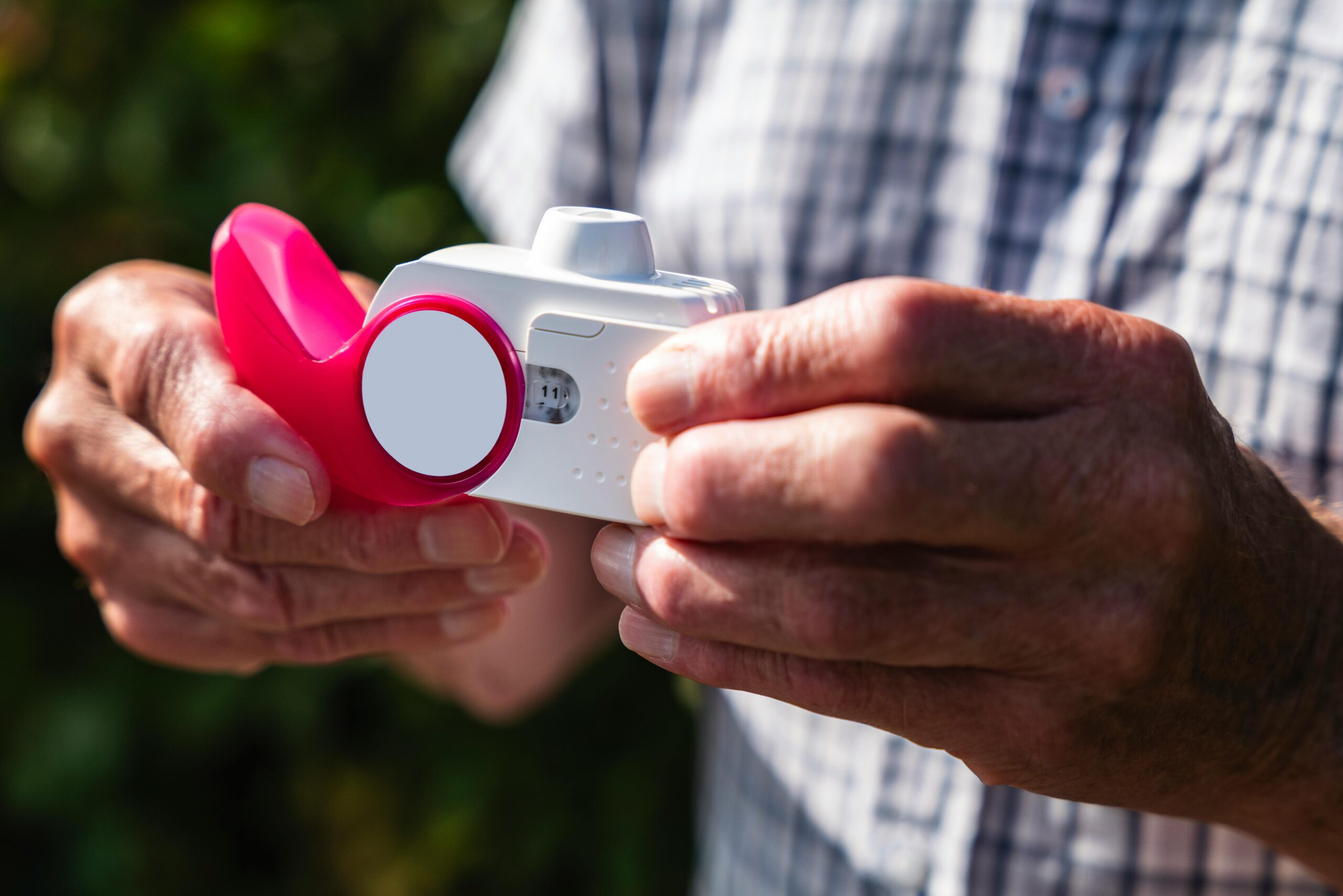COPD
Readmission Prevention
Want to know more?

Scenario
James, a 62 year old man with moderate to severe COPD, arrives for a scheduled outpatient follow-up with his pulmonologist. Over the past two years, he has had three ER visits, multiple medication changes, and sporadic attendance at his primary care clinic. His symptoms have been worsening, but the clinical team struggles to piece together the full picture across systems.
His pulmonologist has 20 minutes for the review but is faced with:
- Incomplete referral notes
- Scanned documents with limited searchability
- No centralized record of medication changes or prior exacerbations
- No visibility into outpatient visits outside the hospital system
How Realize-365 Helps
Step 1: Unified Patient Data Access
Traditional time: 15 to 30 minutes reviewing fragmented notes
With Realize-365: Under 1 minute
The clinic nurse opens Realize-365 and searches for James Carter using his unique patient identifier. Once his records are retrieved, she engages The Pulse, the platform’s AI interface, and types:
“Can you summarize James Carter’s medical history over the last 24 months?”
Within moments, The Pulse returns a structured workspace with:
- Primary care notes
- ER discharge summaries
- Pulmonary function tests (PFTs)
- Historical medications
- Uploaded PDFs and scanned specialist letters
Everything is centralized, eliminating the need to dig across portals or paper files.
Step 2: Longitudinal Summarization and Insights
Traditional time: 20 minutes or more (often incomplete)
With Realize-365: 2 to 3 minutes
The nurse continues the conversation with The Pulse:
“When was his last exacerbation?”
“How has his medication regimen changed since January?”
The Pulse responds:
- Last recorded exacerbation: 6 weeks ago
- Medication changes: 3 inhaler switches and 2 antibiotic courses since January
It also highlights:
- Steroid overuse risks
- Missed spirometry check in the last year
- Comorbidities like hypertension and diabetes
Step 3: Structured Hand-Off to Clinician
Traditional time: 10 to 15 minutes manually preparing notes
With Realize-365: 1 to 2 minutes
The nurse asks The Pulse:
“Summarize today’s key clinical context for the pulmonologist.”
Realize-365 generates a compact handover, including:
- Recent events and hospital encounters
- Unresolved care gaps
- Medication history and patterns
- Risk factors relevant to today’s visit
By the time the pulmonologist enters the room, they are already briefed, no backtracking required.
Step 4: Decision Support and Patient Engagement
Traditional: Decisions based on best-guess history and time-limited recall
With Realize-365: Targeted, informed conversation in real time
The pulmonologist opens The Pulse during the consultation and asks:
“Show me all ER visits in the past 12 months.”
“Highlight periods of steroid dependency.”
“Has he been refilling his inhalers consistently?”
Armed with clear answers, the clinician engages James in a meaningful, forward-looking care plan, focused on risk reduction, medication adherence, and self-management.
Clinical Impact
- Total time saved: 30 to 45 minutes per appointment
- Improved patient safety through visibility into risk trends
- Increased adherence to treatment guidelines
- Empowered clinical teams with clear, searchable histories
- Reduced future ER visits through preventative planning
Realize-365 helps outpatient teams turn scattered histories into proactive, informed care, ensuring that chronic disease management is truly continuous, not just episodic.


